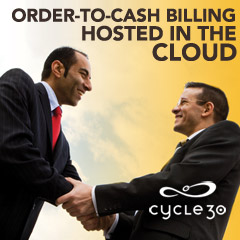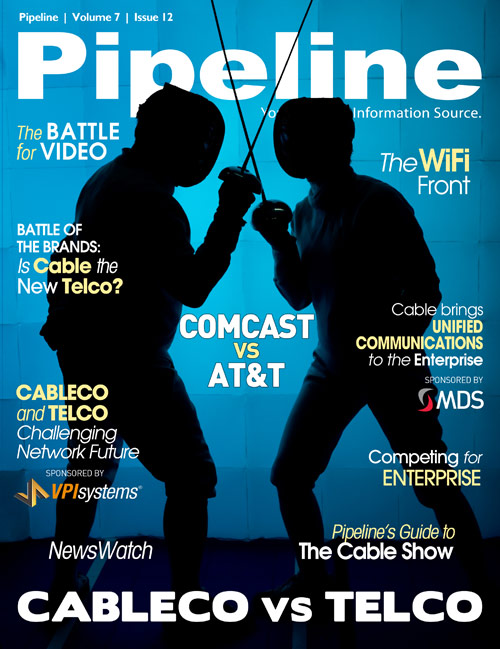By: Tim Young

For a number of years now, Pipeline has taken the time
to dedicate at least one annual issue to the ongoing
competition between cablecos and telcos for various
segments of the market. This is a battle that's most
furiously pitched in the home.
The struggle between these access technologies is
taking place all over the world these days. In Europe,
cable powerhouse Liberty Global just announced that
it will buy Kabel-Baden Württemberg, Germany's third
largest cableco, further consolidating its position as the
largest owner of Non-US cablecos. Meanwhile, according
to a recent report from In-Stat, Western Europe leads the
world in IPTV customers, with 17.5 million. (11 million of
those are in France, alone.)
In the CALA region, the cableco/telco struggle is a bit
more convoluted, as the largest cableco in the region
(NET Servicos de Comunicacao) is actually a subsidiary
of telco Embratel. Meanwhile, in parts of AsiaPac,
hundreds of millions of pay-tv consumers are distributed between scores of carriers, each carrying a part of the
world's largest market (the region is home to 57% of the
world's pay-tv subscribers, according to the Asia-Pacific
Broadcasting Union) while rarely surpassing 5 million
subs, individually (according to In-Stat).
However, one way to characterize the struggle between
cablecos and telcos is to select the biggest heavyweight
from each category in the US market and see how they
stack up against one another.
Two aces, up close and personal. Aware of one-another's
presence and attempting to out-maneuver the other. In
aviation, it's called a dogfight.

 The Aces
The Aces
Of course, in this head-to-head, the combatants aren't a
P-51 Mustang and a Messerschmitt Bf 109.
In one corner, we have AT&T. It's a big company. Big in
a way that planets are big. It's number 7 on the Fortune
500 list, a ranking topped only by 3 oil companies, Bank
of America, GE, and WalMart. In the Forbes Global
rankings, AT&T's still #13, worldwide, and that's after
sliding six spots from the previous year's list. $125billion
in revenue.$20billion in income. That's wicked big.
In the other corner is Comcast, which sports a "scant"
$38billion in revenue and $6billion in operating income.
And that Fortune 500 list? Comcast clocks in at number
57. So while smaller than the largest telco, the largest
US cableco is hardly diminutive.
So, let's just take a brief walk through how these
companies stack up against one another in a number of
important areas:
Pay-TV
This one goes the way you might expect. At least for now, it's Comcast in a walk, in terms of market
dominance. As of September 2010, Comcast had some 23 million subscribers to their pay TV service, at least at a basic level, according to the NCTA. AT&T, meanwhile, clocked in at 2.7 million, making it the number nine video provider in the country, behind even its wireline rival, Verizon, which came in at number seven with its 3.3million subs. However, that massive gap is narrowing, if slightly. Comcast dropped 135,000 video subs in Q42010, while "AT&T U-verse is the fastest growing TV provider in the country," said Mari Melguizo, spokesperson for AT&T, "with more TV subscribers added than any of the major TV providers reported in 2009 and 2010."




